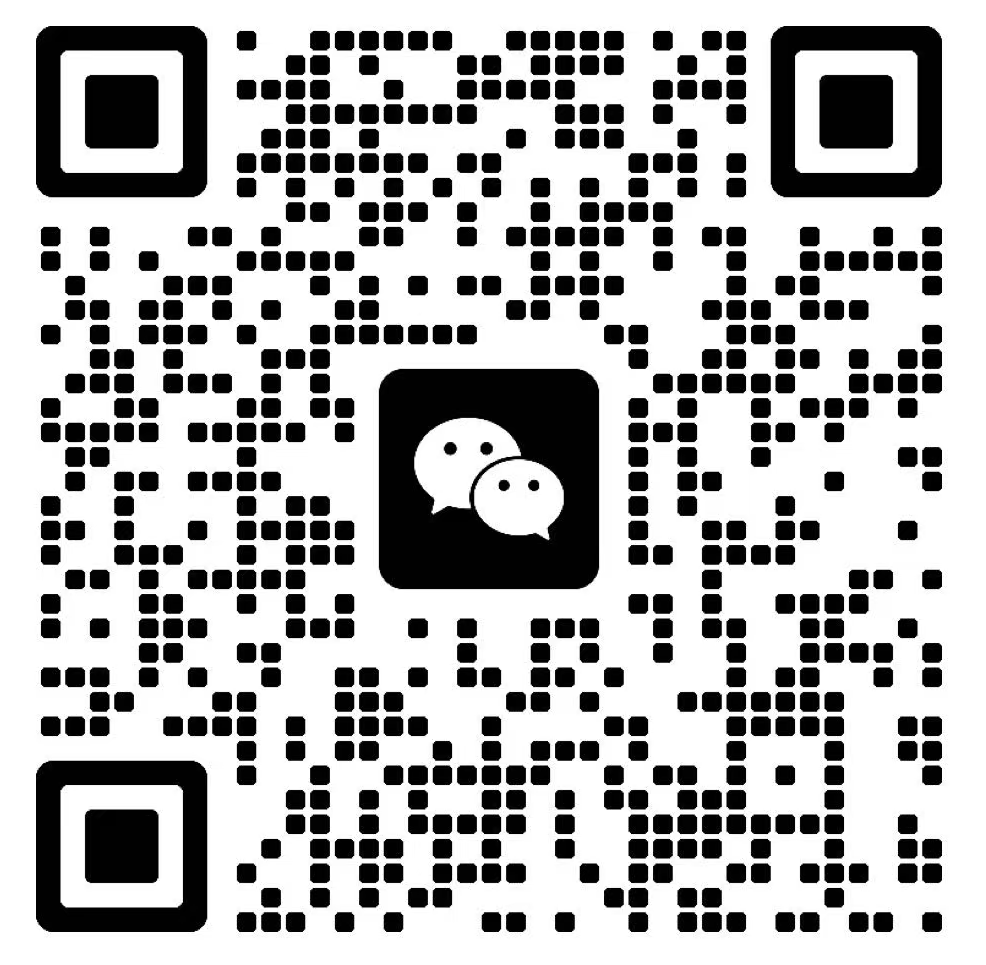Magnet Force Testing Methods and Standards
Magnet Force Testing Methods and Standards
Introduction
Accurate magnet force testing is essential in the development and quality assurance of modern magnetic products. With the rapid growth of advanced industries, rare earth magnets and neodymium magnets have become indispensable due to their superior performance and high temperature resistance. Ensuring that these magnets meet strict quality and safety standards relies heavily on precise magnetic force testing methods and international benchmarks.
Common Magnet Force Testing Methods
One of the primary goals of magnet force testing is to evaluate the pull force or holding strength of a magnet. Several widely recognized methods are used in laboratories and manufacturing settings:
1. Pull Force Measurement
The most direct way to test a magnet's strength is the pull force test. In this method, a force gauge is used to measure the maximum force required to detach a magnet from a steel plate. This approach is especially important for rare earth magnets and neodymium magnets, as their high temperature resistance and strong magnetic properties are critical for demanding applications.
2. Gaussmeter Testing
A Gaussmeter, or magnetic flux meter, measures the surface magnetic field strength of a magnet. This method is commonly used for quality control in the production of rare earth magnets. Accurate readings help manufacturers maintain consistency and guarantee that neodymium magnets deliver the required magnetic flux density, even in high temperature environments.
3. Hysteresisgraph and BH Curve Analysis
Hysteresisgraphs are used to analyze a magnet’s BH curve, which represents the relationship between magnetic field strength and magnetization. This is vital for evaluating the magnetic performance, especially when rare earth magnets or neodymium magnets are required to maintain high temperature resistance in automotive or industrial applications.
Testing Standards and Certification
To ensure reliability and global compatibility, several international standards have been developed:
- ISO 60404: Covers methods for measuring magnetic properties of permanent magnets, including rare earth magnets and neodymium magnets.
- ASTM A977/A977M: Specifies test methods for permanent magnet materials, focusing on consistent and repeatable measurement procedures.
- IEC 60404-5: Provides additional requirements for measuring magnetization curves, essential for assessing high temperature resistance and performance stability.
Manufacturers must adhere to these standards to guarantee that their products are suitable for demanding applications and can perform reliably under high temperature conditions. Certifications based on these standards increase customer confidence and support global trade.
Conclusion
In summary, reliable magnet force testing methods and adherence to international standards are crucial for ensuring the quality, safety, and performance of rare earth magnets and neodymium magnets. These testing protocols also help manufacturers demonstrate high temperature resistance and deliver magnets that meet the needs of modern industry.
Related Product Keywords, Service Terms, and Customer Groups for SEO (40 groups):
rare earth magnets, neodymium magnets, high temperature resistance, magnet testing, pull force measurement, Gaussmeter, magnetic flux, hysteresisgraph, BH curve, ISO 60404, ASTM A977, IEC 60404-5, quality control, permanent magnets, magnetic field strength, industrial magnets, magnetic materials, magnet certification, laboratory testing, surface magnetism, precision magnets, automotive magnets, electronic device magnets, high-performance magnets, magnetic inspection, custom magnet solutions, magnet suppliers, advanced magnet technology, export magnets, industrial testing, magnet calibration, environmental testing, magnetic assemblies, renewable energy magnets, green manufacturing, smart device magnets, high-coercivity magnets, rare earth supply chain, magnet R&D, magnetic innovations, precision engineering.
SEO Keywords: rare earth magnets, neodymium magnets, high temperature resistance, magnet testing, pull force measurement, Gaussmeter
SEO Description: This article introduces the essential methods and international standards for testing the magnetic force of rare earth magnets and neodymium magnets. Key procedures, such as pull force measurement, Gaussmeter testing, and BH curve analysis, are discussed alongside the importance of high temperature resistance in demanding industrial environments. The article also highlights major global standards like ISO 60404, ASTM A977, and IEC 60404-5 that ensure consistent quality and safety. Reliable testing and certification help manufacturers provide high-performance magnets that meet the needs of advanced technology sectors.
文章摘要: This article outlines the primary methods used to test magnet force, with a focus on rare earth magnets and neodymium magnets. It covers pull force testing, Gaussmeter measurements, and international standards that guarantee high temperature resistance and product reliability for various industrial applications.
标签(Tag): rare earth magnets, neodymium magnets, high temperature resistance, magnet testing, quality control




Jinconn WeChat









